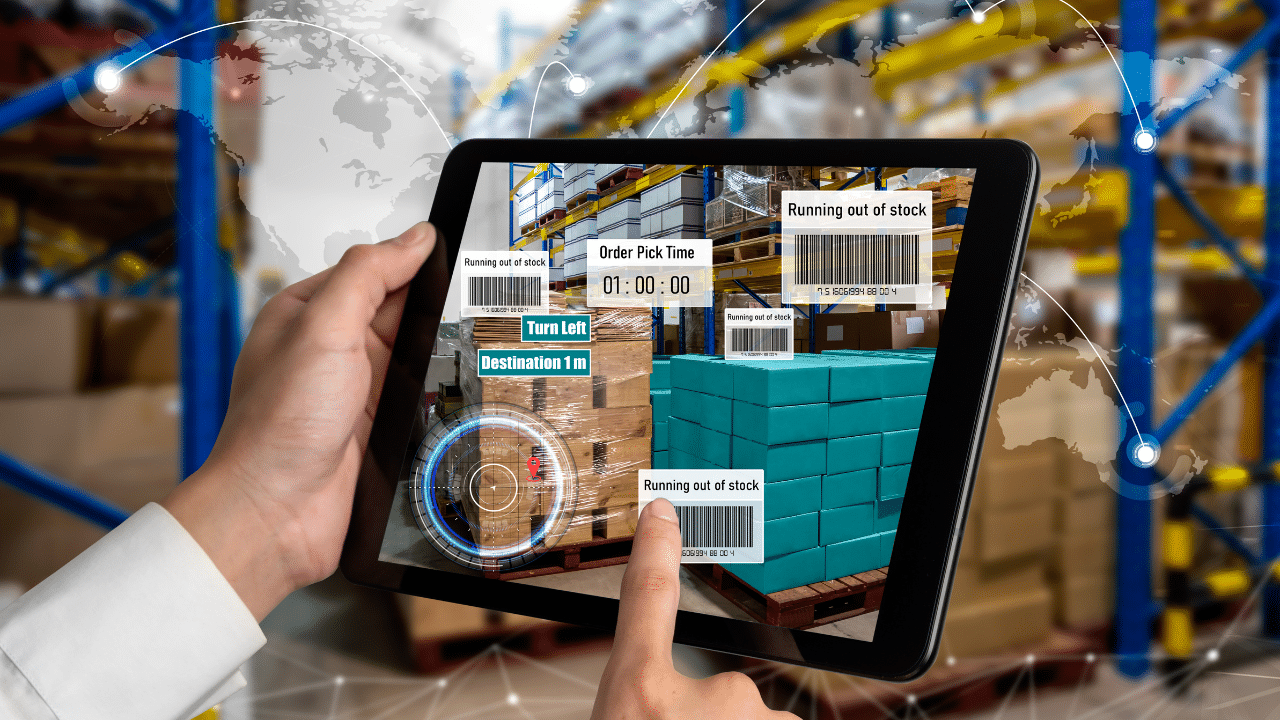
In a world as technological as ours, the search for information has evolved to an unprecedented level. With Google Lens you only have to direct the camera of your mobile to an object or text to identify it and get accurate results in seconds.
It is an augmented reality application that allows you to receive relevant information about your environment, working as a visual search tool. Therefore, you no longer have to type in the search engine to obtain the information you need.
With Google Lens, you can also get detailed information about what you're looking for like their name, address, customer reviews, product prices, and more.
In this article, we'll show you some tricks so you can use Google Lens like a pro and be amazed at what you can do. Definitely, a tool you don't want to miss; but first, discover how to install this app.
How to download Google Lens from Android
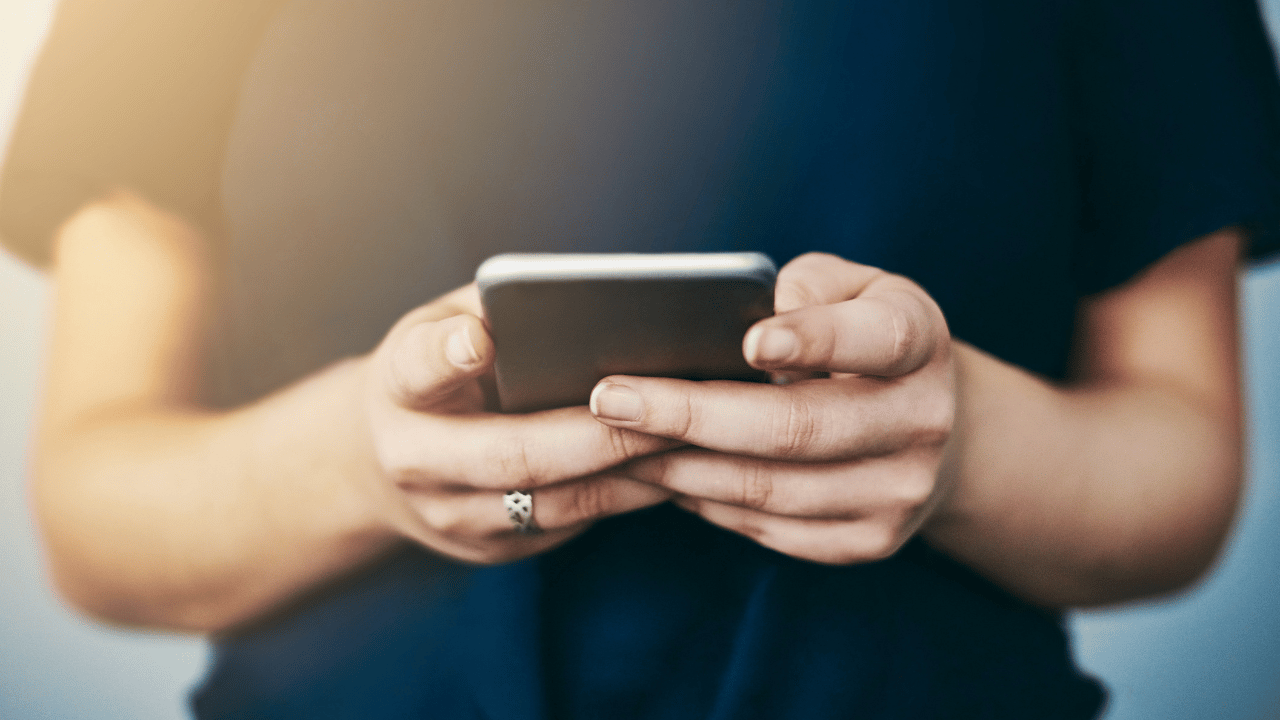
Google Lens is available on most Android smartphones and some iOS devices. You can download it from Android as follows:
- Open the Google Play Store on your Android device.
- Search "Google Lens" in the app store search bar.
- Click on the result "Google Lens" and then "Install".
- Wait for the app to download and install on your device.
- Once installed, open Google Lens and start using it.
To use Google Lens like a pro, you can combine this app with others like Google Photos and Google Maps. If you have a Google Pixel-branded device, you probably already have Google Lens pre-installed on your phone.
Scan barcodes and QR
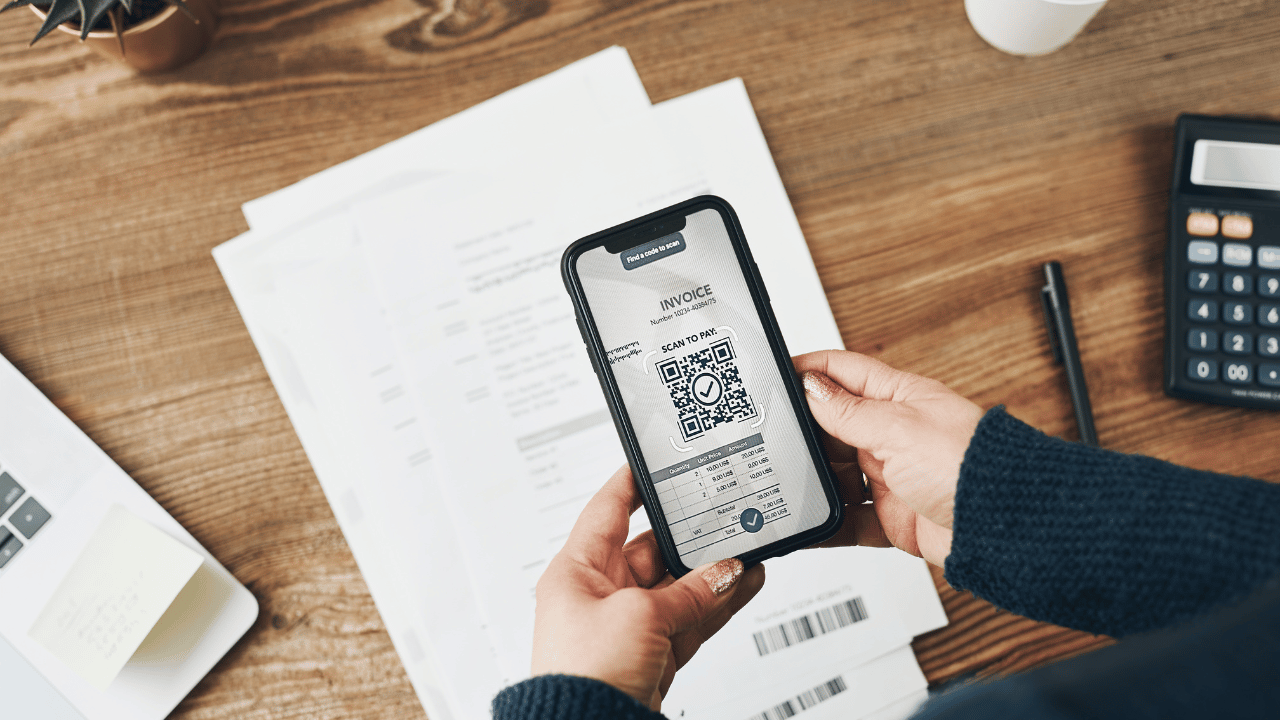
Google Lens' QR and barcode scanning feature allows you to use your phone's camera to read the information from any of these codes, without the need to download an additional app.
To use this feature, open Google Lens and point your phone's camera at the QR or barcode. You don't have to switch to any special mode in the app, as the camera will automatically recognize the code and scan the information.
Once scanned, the application can give you additional information about the product, such as its price, description, purchase location, among other options depending on the type of code. You can also share this data with other devices or applications.
Copy the text you want
Google Lens' copy text feature allows you to select and copy text that appears in an image you've taken with your mobile device. To use this feature, open Google Lens and point the camera at the image with the text you want to copy.
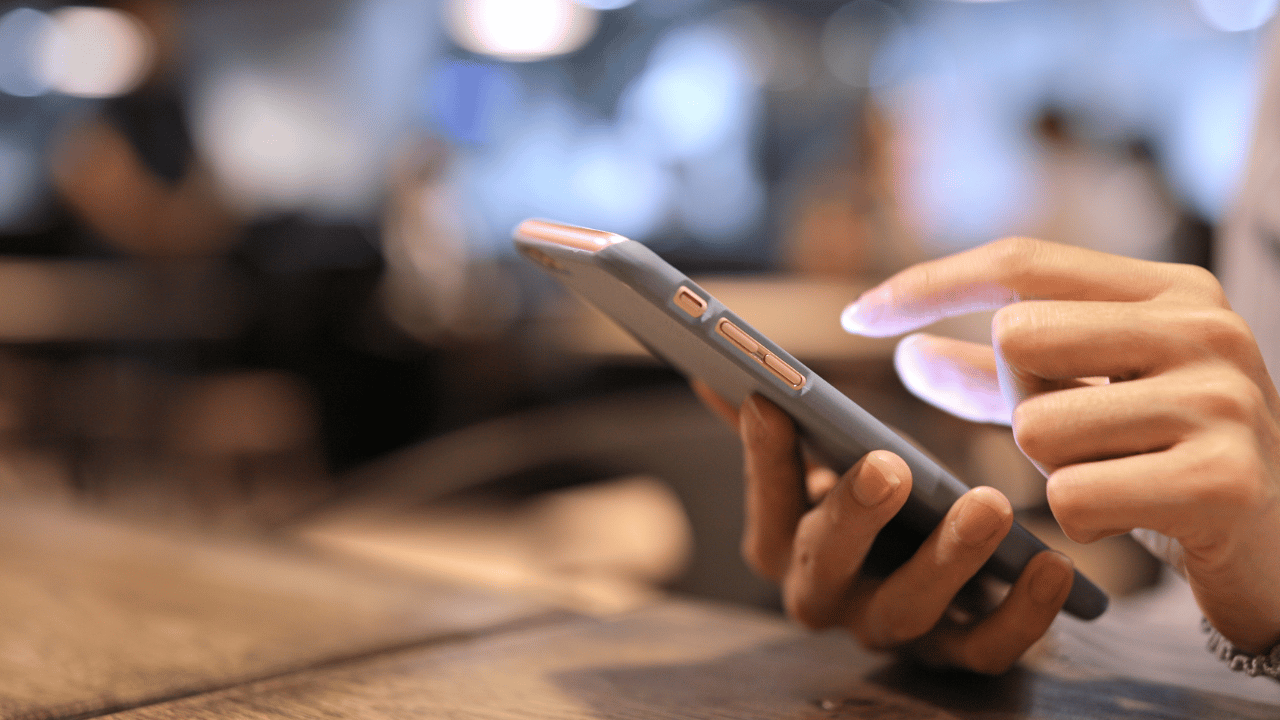
Once Google Lens has recognized the text, you'll see it highlighted on your device's screen. Then, tap on the text you want to copy and a pop-up window will open giving you the option to copy the text.
If you select this option, the text will be copied to your clipboard and you can paste it into any other app or text field.
It is important to consider that this function works better in legible texts and with good lighting. If the image is blurry, too dark, or the text is in an unusual font, Google Lens' copy text feature may not work as well.
Translate any text in real time
Google Lens real-time translation it is ideal for those who need to understand what a text means in another language. To use this feature, open the Google Lens app on your mobile device and point the camera at the text you want to translate.
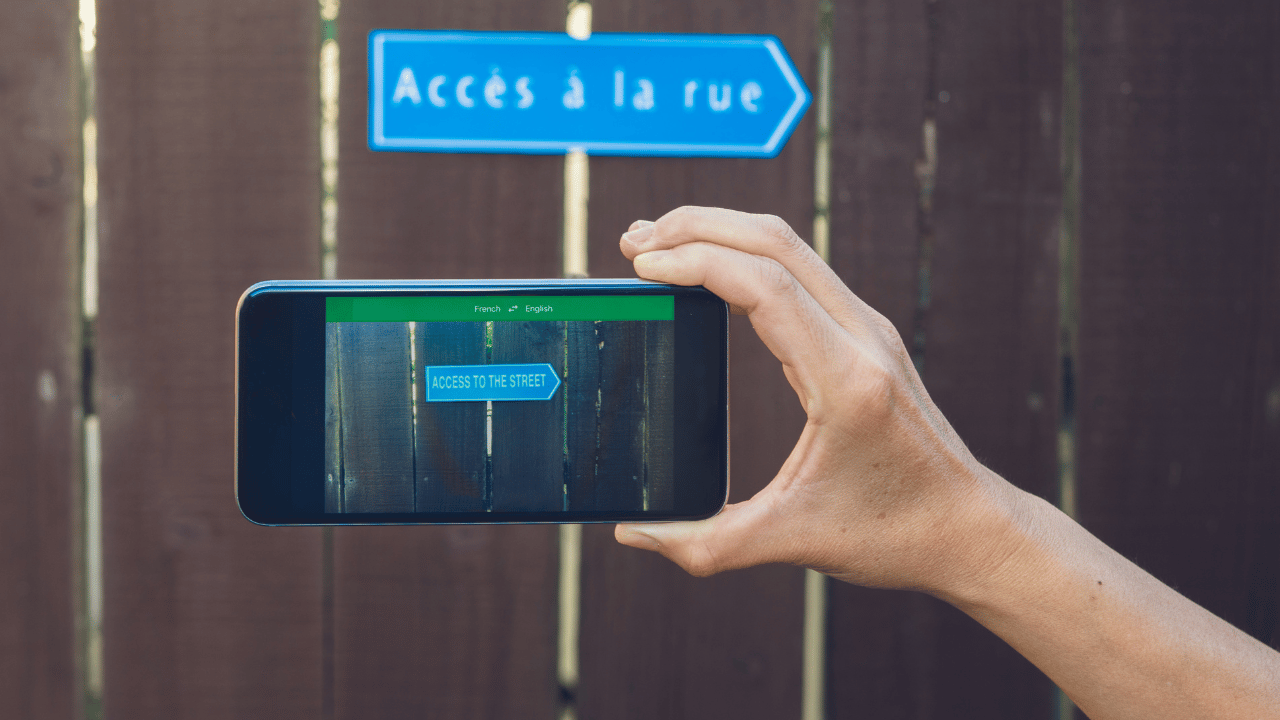
Once the text is framed on the screen, tap the button "Translate" that appears at the bottom of the screen. Then select the language you want to translate the text into. You can choose between more than 100 different languages.
The app will translate the text in real time and display the translation on the screen of your mobile device. The accuracy of the translation will depend on the language and the quality of the text you are trying to translate.
Also, you should keep in mind that This feature requires an internet connection to work properly.
Listen to documents and books
Listening to documents and books from Google Lens is possible, since the app uses technology for text recognition and speech synthesis. This, with the purpose of allowing users to listen to the content of documents and books instead of reading them.

To use this feature, open Google Lens and point your mobile camera at the text you want to hear. Then tap the button "Listen" that appears on the screen. Google Lens will recognize the text and start reading it out loud using a synthetic voice.
This feature is very useful for people with visual impairments, reading difficulties, and those who prefer to listen rather than read. It can also be useful for those who need to review content while doing other tasks, such as cooking or exercising.
Listening to texts works best with clear, legible text, so just like with translation, you may have difficulty recognizing text that is blurry or in low light. Also, the quality of speech synthesis changes depending on the language and the specific content.
Send text to desktop
Google Lens' Send Text to Desktop feature allows you to send recognized text in an image directly to your computer's desktop. To use this function, make sure that both your mobile and your computer are connected to the same Google account and Wi-Fi network.
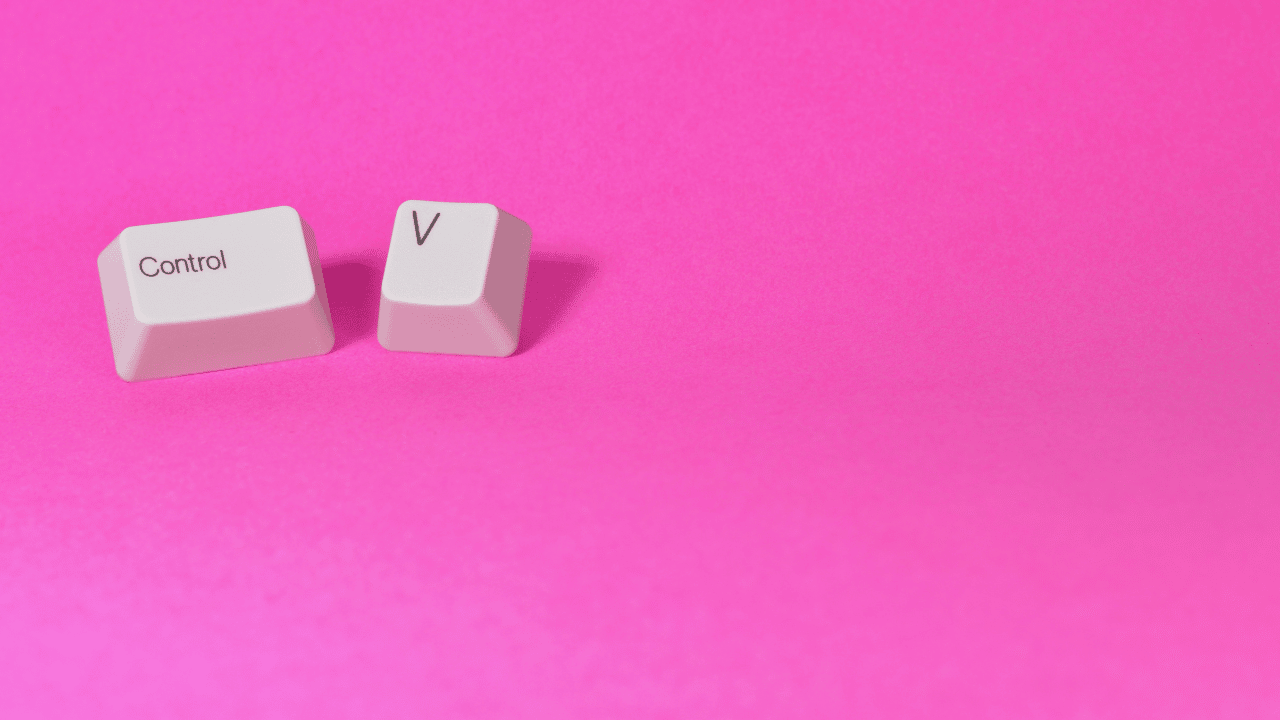
Once you've taken a photo of the text you want to send, open the image in Google Lens and select the button "Send text to desktop". You will see a pop-up notification at the bottom of the screen indicating that the text has been sent to your computer.
On the same computer, a browser window will automatically open with the text selected and ready to be edited or saved to a file. To use this feature, you need to have downloaded the Google Lens extension in your browser.
This feature is only available on the desktop version of Google Lens and in supported web browsers such as Google Chrome.
Save events on the calendar
Saving events to the calendar is another of the functions that Google Lens allows you to perform. With this function, you can easily add an event that you have captured with the camera to your Google calendar.
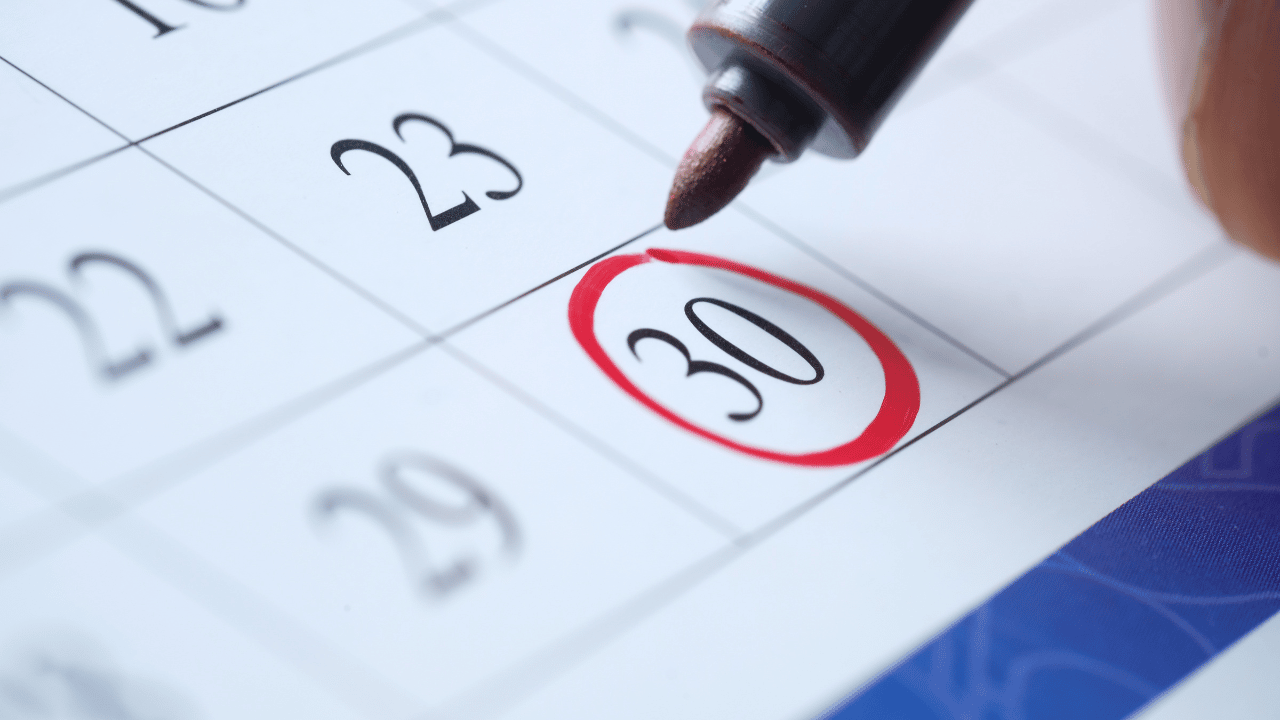
To use this feature, you need to follow the steps below, open the Google Lens app on your mobile device. Then, point the camera at a billboard or poster that contains information about an event, such as a date and time.
Then tap on the screen to focus the image and select the text with the event information. Then tap on the icon "Add event" which will appear at the bottom of the screen. Select the “Add event to calendar” option.
Review the event information, such as the date and time, and make any necessary changes. finally touch "Save" to add the event to your Google calendar.
Once you've added the event to your calendar, you'll be able to receive notifications on your mobile device and computer if you're signed in to your Google account on both devices. This will allow you to always be aware of upcoming important events.
Save business card contacts
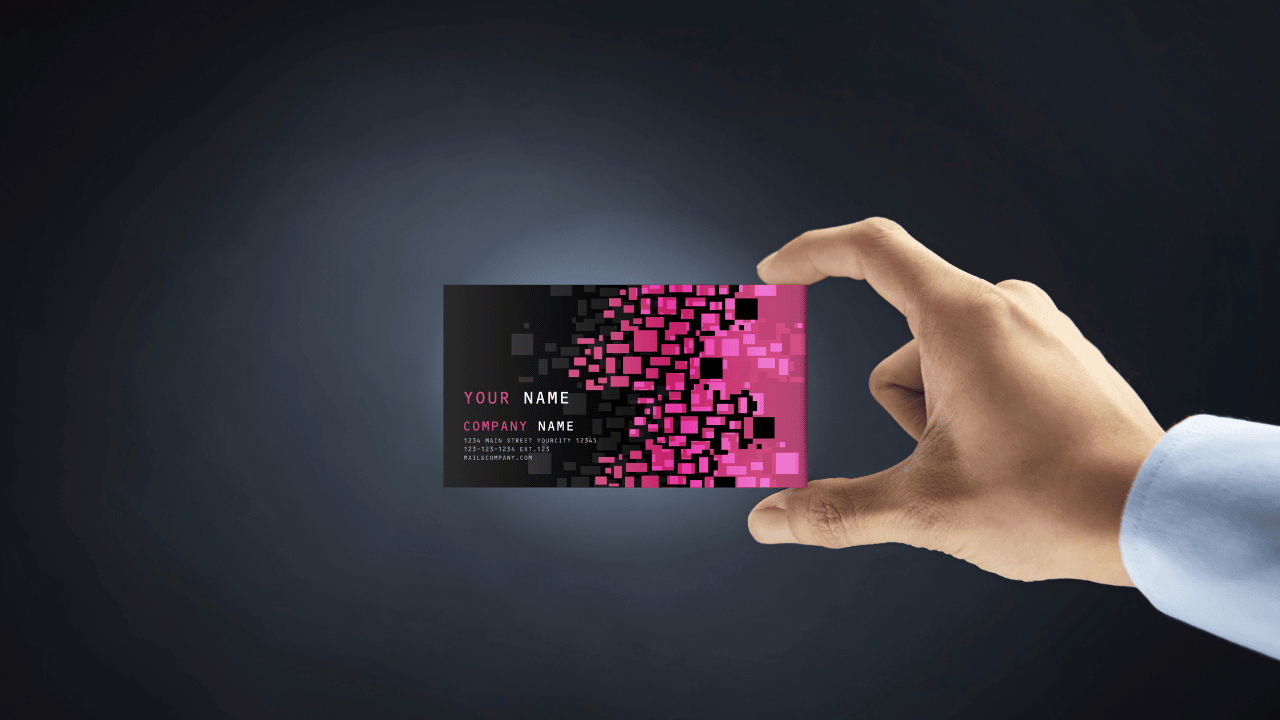
Save business card contacts in Google Lens, allows you to scan business cards and automatically save the information contact in your Google contact list.
To use this feature, simply open Google Lens and point your phone's camera at the business card. If the business card detection function is activated, the card area will be highlighted automatically.
After the card is scanned, a preview of the detected contact information will appear on the screen. If everything is correct, touch the button "Save" and the contact information will be automatically added to your Google contact list.
If there are errors in the detected information, you can edit it before saving it. In addition to saving contact information, you can also add personalized notes to each scanned card with this feature.
In this way, you have the possibility of add additional information that may be useful to you to remember the person, such as the reason you received the card or any other tracking details.
Solve academic tasks
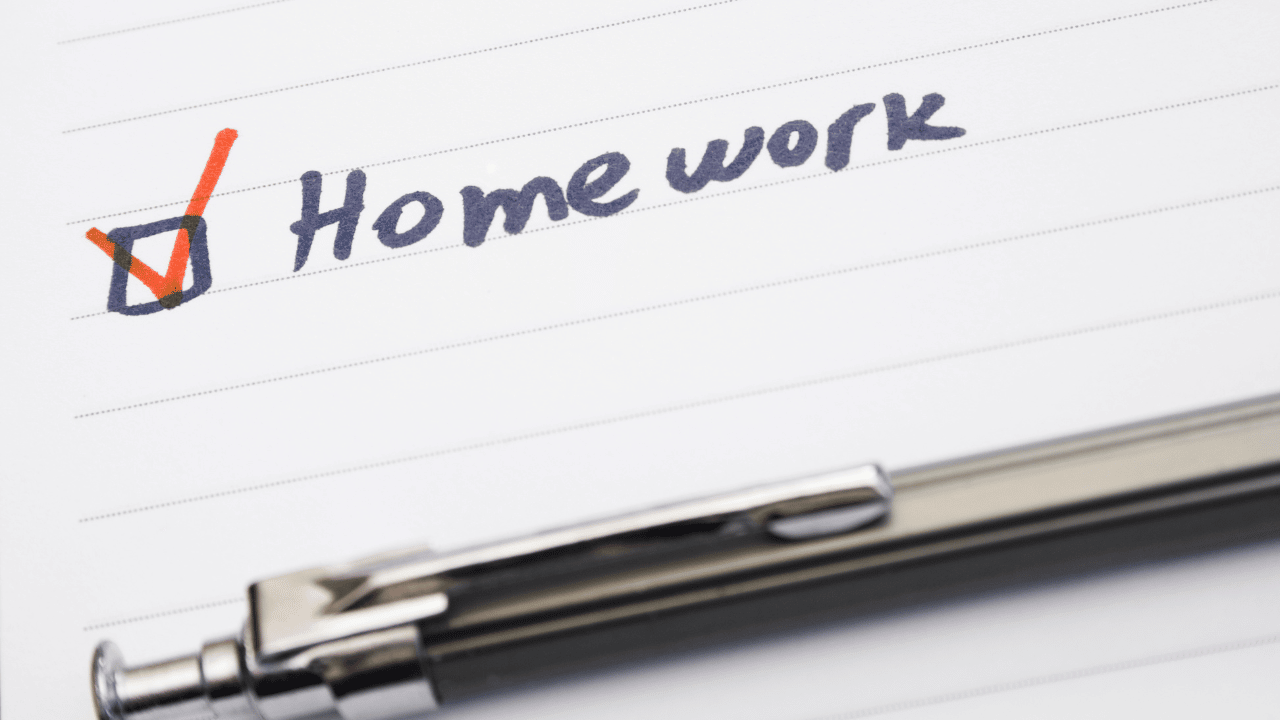
The function of completing academic tasks in Google Lens if you are a student, allows you to solve mathematical or scientific problems, in addition to receiving real-time help to solve it.
When taking the photo from Google Lens, the app analyzes the image using character recognition technology to convert the equation or formula into a digital format.
Google Lens then shows you a step-by-step solution to the problem, which can include diagrams, graphs, and math formulas. In addition, the tool can provide you with detailed definitions and explanations of the terms used in the problem.
The Google Lens academic completion feature should be used as a supplemental tool to help students understand and solve problems, but not as a substitute for learning.
Why should you use Google Lens more?
Google Lens is a incredibly useful tool that can help you do more with your phone. From identifying plants and animals to translating languages, Google Lens technology is here to help you in your daily life.
With these tricks you will be able to make the most of this tool and become an expert in the use of Google Lens. Remember that, as with any technology, practice makes perfect. Keep experimenting with Google Lens and discover everything you can do with this app.